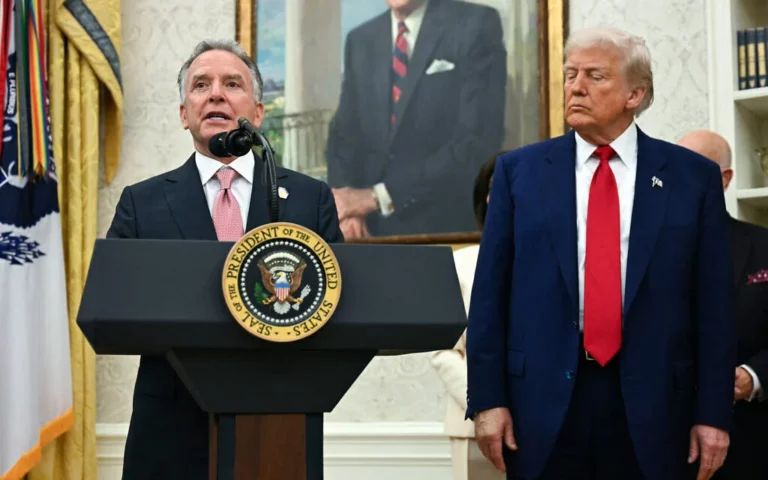Video from the body cameras of two officers charged in George Floyd’s death is being made available for public viewing by appointment on Wednesday, but a judge has so far declined to allow news organizations to publish the footage for wider distribution.
Footage from the body cameras of Thomas Lane and J. Kueng was filed with the court last week by Lane’s attorney, but only the written transcripts were made public. A coalition of news media organizations and attorneys for Lane and Kueng have said making the videos public would provide a more complete picture of what happened when Floyd was taken into custody.
Members of the news media and the public are viewing the video Wednesday by appointment at the courthouse. The media coalition, which includes The Associated Press, has said this arrangement is the equivalent of keeping the videos under seal, and the coalition is asking Judge Peter Cahill to allow the media to copy the videos and publish them.
Media attorney Leita Walker said in a court filing that the footage should be made widely available to “all members of the public concerned about the administration of justice in one of the most important, and most-watched, cases this State — perhaps this country — has ever seen.”
She also said allowing journalists to copy the footage, watch it multiple times, transcribe it and compare it to the transcripts and to time stamps from widely seen bystander video will help reporters piece together a more complete story.
“As the days of unrest in the Twin Cities showed, it is vitally important that the public have full confidence in the process and outcome of this criminal prosecution,” she said.
Floyd, a Black man who was handcuffed, died May 25 after Derek Chauvin, a white police officer, pressed his knee against Floyd’s neck for nearly eight minutes as Floyd said he couldn’t breathe. Chauvin is charged with second-degree murder, third-degree murder and manslaughter. Tou Thao, Lane and Kueng are charged with aiding and abetting both second-degree murder and manslaughter. All four officers were fired.
The body camera videos and transcripts were filed in court last week by Lane’s attorney, Earl Gray, as part of a motion to have Lane’s case dismissed. Gray said at the time that he wanted the videos to be made public, telling the Star Tribune that they would show the “whole picture.” Gray said the bystander video shows just the last piece of what happened and “is not fair.”
Gray’s motion highlighted portions of the body-camera video that show Floyd “actively resisting and acting erratic” with officers. It also noted Floyd’s “request” to be put on the ground. Gray also argued that Lane didn’t have a clear view of what Chauvin was doing.
Kueng’s attorney, Tom Plunkett, said in a court filing that he also wants the videos made public. He said releasing information in piecemeal fashion has been catastrophic, leading to incomplete reporting by the media and unfairly portraying evidence in favor of the prosecution.
The video footage could provide a more vivid picture of what happened the night Floyd was arrested on suspicion of passing a fake $20 bill. The transcripts show Floyd appearing cooperative at times but becoming agitated as he begged not to be put in a squad car, saying repeatedly he was claustrophobic. The transcripts also detailed Floyd thrashing about in the back of the squad car to the point where he injured himself.
The footage will likely also will show what Lane, Kueng and Floyd did during the struggle, rather than what was merely said. It could also pick up on nonverbal cues that are not captured in the transcripts, such as labored breathing, tone of voice or physical reactions.
The video could also show what Chauvin was saying and doing, and how much Lane and Kueng saw. It could also dispel some discrepancies in the two transcripts that Walker, the media attorney, said raise questions about their accuracy.
(AP)












One Response
In the old days, the pagans offered human sacrifices to pacify their gods;
today, the government offers police as sacrifices to pacify the mobs.